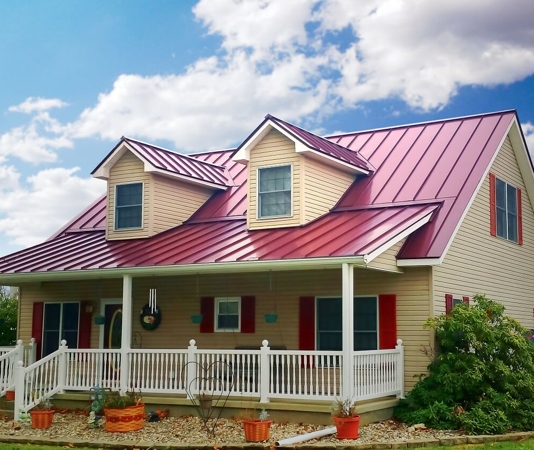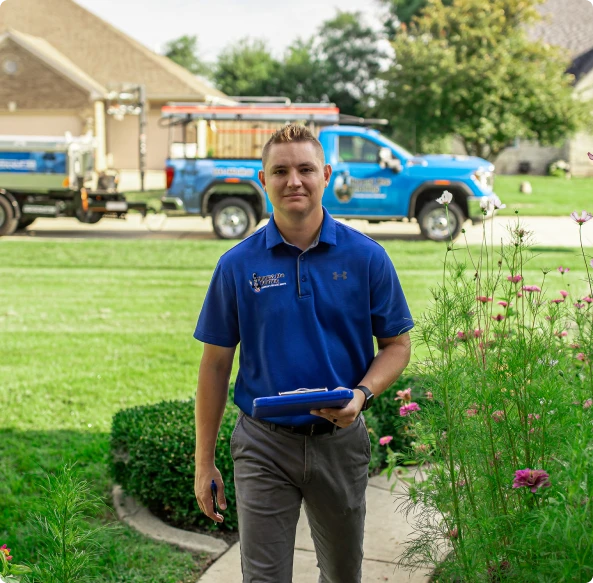Best Roof for Solar Panels
Best Roof for Solar Panels

WHAT IS THE BEST ROOF FOR SOLAR PANELS?
- Roofs with a good pitch. A roof with a good pitch means that it is tilted slightly toward the south. This helps capture more sunlight, which means your solar panels will be able to generate more energy and save you more money.
- Roofs that are well-ventilated. If your roof doesn’t have proper ventilation, then dust can build up on the panels and prevent them from working as effectively as possible. You might also need an expensive cleaning service in order to keep things running smoothly!
- Roofs that aren’t shaded by trees or other buildings nearby (especially in urban areas). Trees are great for blocking out some of those hot rays from reaching our homes during the summer months but they often block out key angles for capturing enough sunlight all year long too… so try not to get one!
- Roofs that aren't too old. Why? Because older roofs will ultimately need to be replaced - so if your panels have to come off in order to install the new roof, chances are highly likely that you will need to pay a rest fee (taking panels off and putting them back on). The savings that you might gain from having solar panels, will probably get washed out with the reset fee. This might not be something that the solar salesperson will tell you and this is the reason why you should get a second opinion from a roofing professional on how much of a lifespan your roof has left. For the most part, homeowners invest in solar to save long-term but should keep in mind that their roofing system is the foundation of the solar PV system.
ROOFING MATERIAL MAKES A DIFFERENCE.
Metal roofs are the best for solar panels.
This isn't to say that metal is necessarily the only acceptable roofing material for solar panels. But if you're looking for a metal roof, there's a good chance it will be compatible with your solar panels—and it may even be better than other options! That said, not all metals are created equal in terms of energy efficiency and lifespan. For example:
- Metal roofing comes in many different types (steel shingles, standing seam, rib-panel, stone-coated metal, etc.), each with its own pros and cons.
- If you want to use metal instead of tile or asphalt shingles as your primary roofing material: look into standing seam metal—this product is durable, long-lasting, and low maintenance.
- If you're willing to spend more money upfront but save on operating costs over time due to lower electricity bills: a metal roof is a great option because they reflect the sun instead of absorbing it as asphalt shingles do.
- Another benefit of standing seam metal roof and solar panels is that there are no penetrations required into your roof, the panels get attached to the seam of the roof. Fewer penetrations through the roof mean a lesser chance of your roof leaking. A homeowner will not need to take those panels off for a long time in order to replace the roof since the roof will most likely outlast the solar panels.
DO YOU HAVE ANY TREES IN THE WAY?
You should be aware of the type of trees in your yard. If there are any that grow too high, they can shade the panels and reduce their efficiency. You may be able to trim them or even remove them completely if they are interfering with your solar panel's exposure to sunlight. If you want to keep the trees in place, you can plant other species that grow at a lower height so that they don't block as much sunlight from reaching your solar panels.
CONCLUSION
We hope that this guide has helped you answer some of the questions about whether or not your roofing system is suitable for solar panels. If it isn’t, there are options. In many cases, it might be a good idea to wait until your roof is due for replacement before pulling the trigger and installing the solar panels. Most homeowners are investing in solar panels to save long term, a roofing system is a key component and foundation of solar panels.
